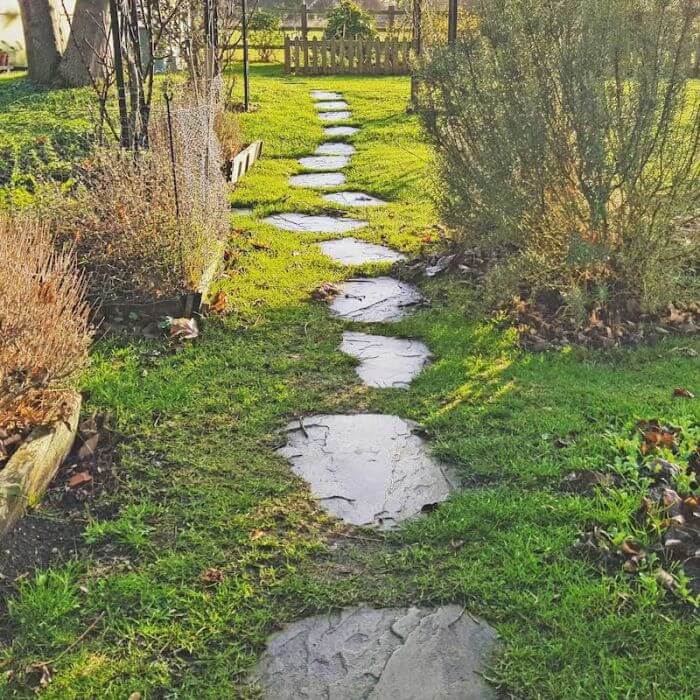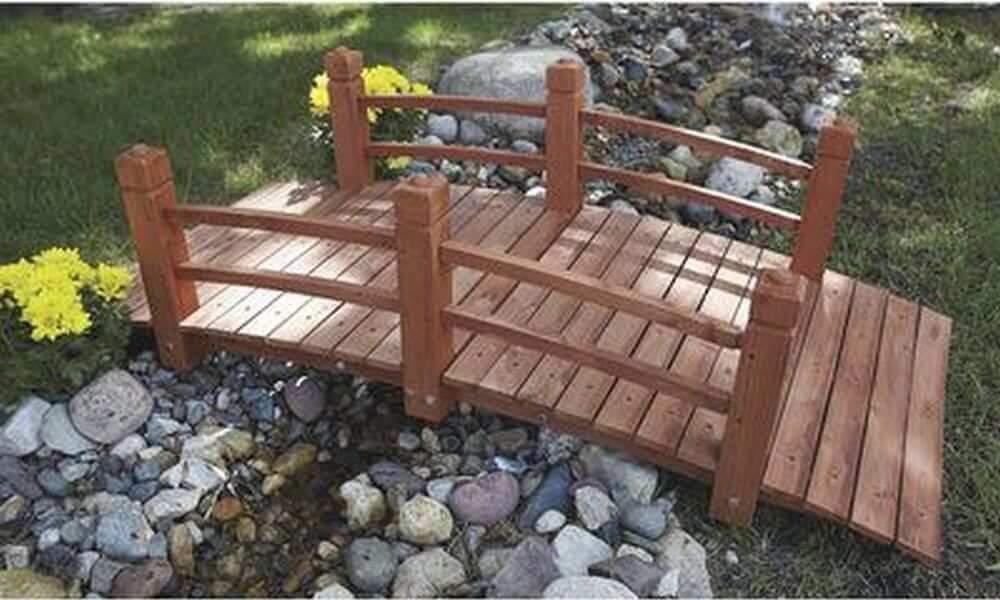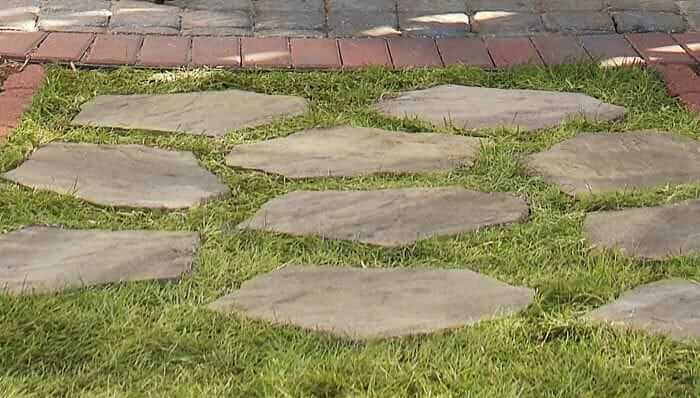When it comes to backyard transformations, stepping stones are the ultimate secret weapon.
They’re like the perfect little black dress – simple, yet elegant and stylish.
You can take your outdoor space from drab to fab in no time with just a few well-placed stones.
The thing that really gets me excited about stepping stones is the sheer number of design options available.
You can mix and match stones of different sizes, shapes, colors, and textures to create a look that’s totally unique to you.
And the best part? You don’t have to be a landscaping expert to pull it off. With a little bit of creativity and elbow grease, you can make a big impact on your outdoor space.
They’re perfect for creating informal paths that wind through your garden and connect different areas of your yard.
They’re also great for breaking up expanses of grass and highlighting your favorite garden features.
But can you put stepping stones over your leach field?
Let’s find out:
Leach Field Basics
A leach field consists of a network of perforated pipes laid in gravel trenches, designed to let your septic tank’s effluents soak away into the ground.
As the wastewater flows into the soil, naturally occurring bacteria do their thing, breaking down harmful substances and purifying the water.
But a leach field is a delicate ecosystem, and any changes to it could disrupt its function and cause major problems for your septic system.
For instance, putting heavy structures or covering the leach field with impermeable materials, such as concrete or asphalt, could interfere with this process and cause backups or other problems with your septic system.
This can lead to seriously unpleasant consequences, like backups, odors, and even a complete system failure.
So, Can You Put Stepping Stones Over A Leach Field?

Well, the answer is not straightforward, as it depends on several factors, including:
1. The Weight of the Stepping Stones
If you choose heavy stones, they can put significant pressure on the leach field, potentially causing damage to the pipes or disrupting the wastewater treatment process.
This can lead to backups and other costly and unpleasant septic system problems.
In general, lightweight stones are a better choice. If possible, choose stepping stones that are specifically designed with leach field landscaping in mind, as they will be more likely to be the appropriate weight.
2. Location of your Leach Field
If your leach field is located in a high-traffic area of your property, such as near a walkway, it’s not a good idea to put stepping stones over it.
The added foot traffic can cause compaction of the soil (especially around the trenches), which can inhibit percolation and proper functioning of the leach field.
In contrast, if your leach field is located in a low-traffic area, such as in a corner of your yard, it may be possible to put stepping stones over it without causing significant damage.
3. Type of Soil on Your Property
Another important factor to consider is the type of soil you have on your property, particularly its ability to filter and purify the wastewater
If you have soil that’s prone to compaction or poor drainage, it’s best to avoid putting stepping stones over your leach field.
The stones can cause the soil to become even more compacted, creating a barrier that prevents the wastewater from evenly dispersing throughout the leach field, leading to uneven saturation and potential overloading of certain areas.
This can also cause backups and other problems, as well as reduce the overall efficiency of your septic system.
4. How Deep Your Drain Field Pipes Are Buried
Every leach field is designed differently because the soil and water table differ between regions.
Typical leach field pipes are buried 3-4 feet below the ground.
However, in areas with underground obstacles or high ground water table, the pipes may have to be slightly shallower—some may be as close to the ground as 6 inches.
In the first scenario (where the pipes are deep enough), stepping stones may not interfere with the pipes or affect the optimal functioning of your septic system. The opposite is true for the second scenario (shallow pipes).
Best Practices for Putting Stepping Stones Over Leach Field
If you’ve considered the above factors and decided to put stepping stones over your leach field, I would recommend that you further precautions to minimize the risk of potential damage to your leach field:
- Use lightweight stones. Avoid heavy stones or pavers that can exert a significant amount of pressure on the soil and pipes. Instead, opt for lighter materials like flagstone or slate.
- Don’t place stones directly over the pipes. Instead, position them on either side of the trench, leaving a gap of at least a foot or two in between.
- Don’t use mortar. Mortar can make it difficult to access the pipes if repairs are needed. Instead, use sand or gravel to fill in the gaps between the stones.
- Monitor your septic system regularly. Keep an eye out for any signs of backups or other issues, such as slow drains, foul odors, or wet spots in the yard. If you notice any problems, contact a septic system professional right away.
Alternative to Stepping Stones: Install a Bridge

An excellent alternative to putting stepping stones over a leach field is to install a bridge.
A bridge is designed to distribute weight evenly, so it won’t cause damage to the leach field components.
A bridge can also create a visually appealing feature in your leach field, and it can be designed to blend in with the surrounding landscape.
Final Verdict
While it is possible to place stepping stones over a leach field, it is important to proceed with caution and take steps to minimize the risk of damage.
If you are unsure about whether it is safe to do so, it is best to consult with a septic system professional who can assess your specific situation and provide guidance.
They can evaluate your system and determine the best course of action for your specific situation.
They may also recommend alternative routes for your walkway or suggest a different location entirely.
Remember, taking good care of your septic system is essential to ensuring that it operates efficiently and effectively for years to come.
Recommended for You:
Can You Plant Hydrangea near Septic Tank?
